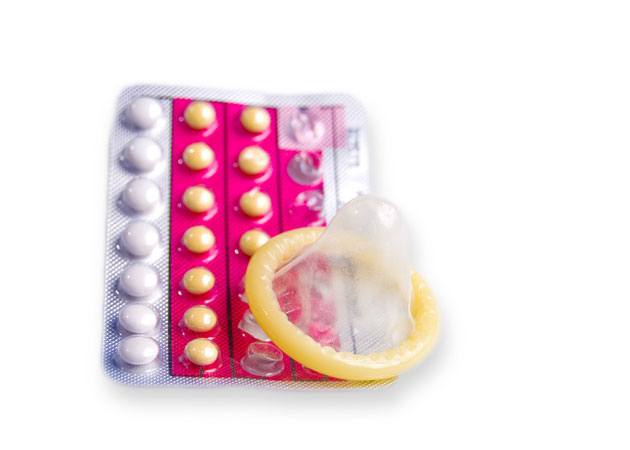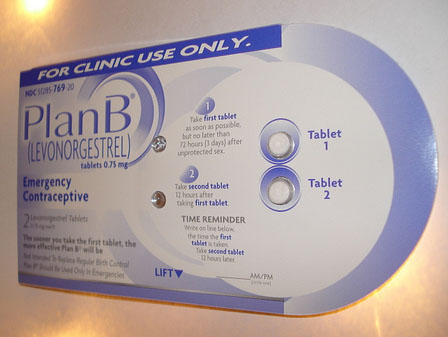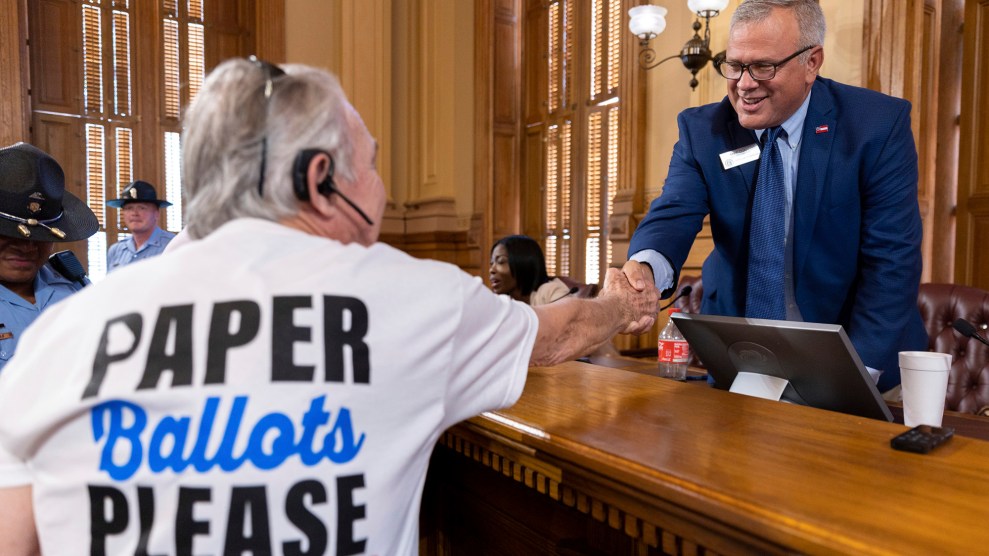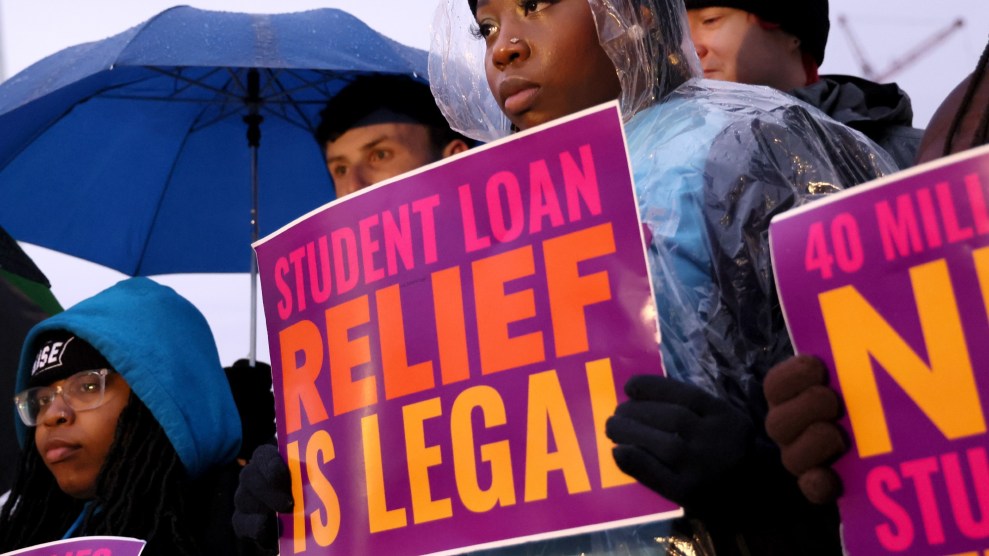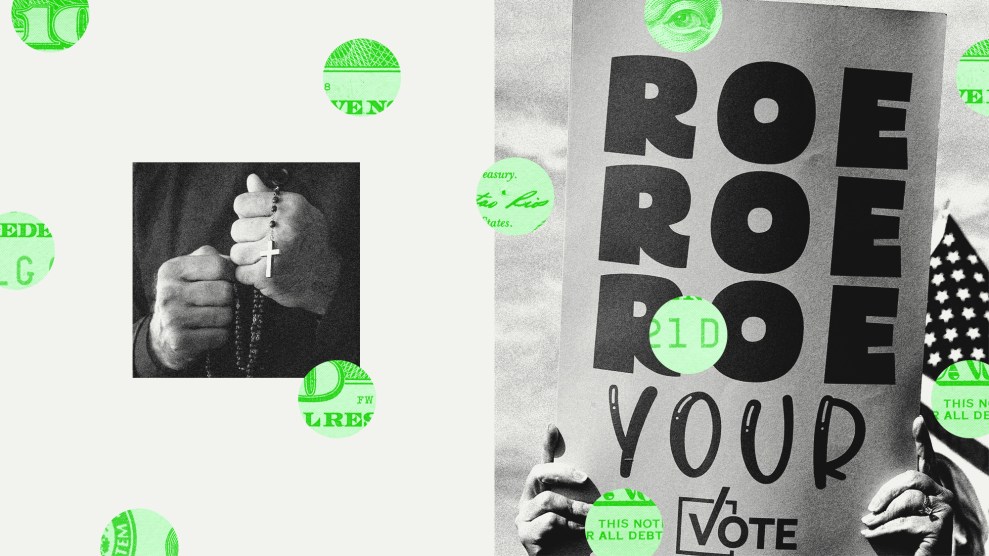The so-called morning-after pill has exploded in popularity since it was first approved by the Food and Drug Administration 15 years ago. According to a new report from the Centers for Disease Control and Prevention, 5.8 million American women used emergency contraception (EC) between 2006 and 2010. Nearly a quarter of sexually active women ages 20 through 24 have used it.
All told, 11 percent of fertile, sexually active women said they had used EC, whereas back in 2002, the last time CDC surveyed women, only 4 percent had.
While more people are using EC, what’s most interesting is who is using it and how. For instance, only 5 percent of women over 30 have used it. And most who have say they have only done so once—a rebuttal to the stereotype that the morning-after pill is enabling women to be irresponsible hussies.

EC is still a source of controversy. Last year, the Department of Health and Human Services ruled that Plan B One Step could be sold to women under 17 only by prescription, despite the FDA’s determination that it is safe for all women who are old enough to bear children. HHS cited safety concerns, but reproductive rights and scientific advocacy groups accused the Obama administration of playing politics on the issue.
This data “shows the importance of expanding access to emergency contraception to all women of reproductive age,” said Deborah Nucatola, senior director of medical services at Planned Parenthood Federation of America.
The HHS decision made it harder for all women, not just teenagers, to access EC. Now people get carded at the pharmacy, which makes it more difficult for women without ID—or their male partners—to purchase the drug. (Any delay in accessing EC is significant, since it is most effective when used within 72 hours of unprotected sex.)
The CDC study also found major differences in its use by race and education level. While the percentage of women using EC was pretty consistent across ethnic groups, black and Hispanic women—and women with no more than a high school diploma—were much more likely to have used EC after unprotected sex. The majority of white women and women with a bachelor’s degree or higher were much more likely to say they had used it as a backup method when they feared their primary method had failed.

If the CDC report is any indication, emergency contraception is becoming increasingly mainstream. It will likely continue in that direction, especially as places like Shippensburg University of Pennsylvania install EC vending machines.
Charts by Carolyn Perot.

